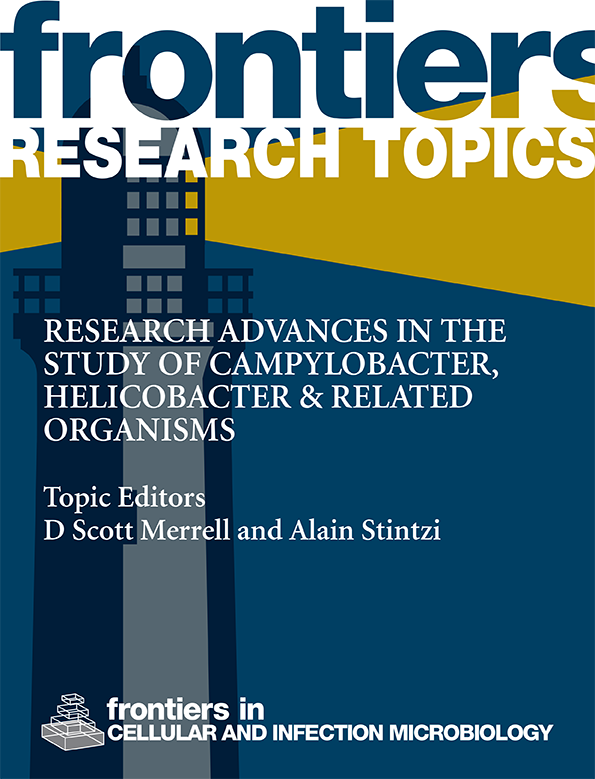Specific cell subclusters of dental pulp stem cells respond to distinct pathogens through the ROS pathway
IF 4.6
2区 医学
Q2 IMMUNOLOGY
Frontiers in Cellular and Infection Microbiology
Pub Date : 2024-09-12
DOI:10.3389/fcimb.2024.1452124
引用次数: 0
Abstract
IntroductionMicrobial pathogens invade various human organs, including the oral cavity.牙髓干细胞的特定细胞亚群通过 ROS 途径对不同病原体做出反应
导言:微生物病原体会侵入包括口腔在内的多个人体器官。分别以白色念珠菌(C.a)和变异链球菌(S.m)作为口腔致病真菌和细菌的代表,刺激牙髓干细胞(DPSCs),并筛选出对真菌感染有特异性反应的牙髓干细胞亚群。然后,将细胞混合并分成三个样本,其中两个样本分别受到 C.a 和 S.m 的刺激;第三个样本仅暴露于细胞介质(Ctrl)。结果DPSCs由四个主要群组成,其中一个群(DPSC.7)与其他亚群相比表现出独特的变化。C.a 样品中 DPSC.7 细胞的比例是 Ctrl 和 S.m 样品的两倍。DPSC.7 细胞表达了与活性氧(ROS)反应相关的基因。在 UMAP 中,DPSC.7 亚群细胞在不同病原体的刺激下形成了特征性聚集。结论我们的研究通过单细胞 RNA 测序分析了受口腔真菌和细菌感染的 DPSCs 的细胞和分子特性。一个 DPSCs 亚群对不同病原体的感染做出了特异性反应,激活了 MAPK 和 NF-κB 通路,通过 ROS 通路诱导免疫反应。这为真菌感染提出了新的治疗策略。
本文章由计算机程序翻译,如有差异,请以英文原文为准。
求助全文
约1分钟内获得全文
求助全文
来源期刊

Frontiers in Cellular and Infection Microbiology
IMMUNOLOGY-MICROBIOLOGY
CiteScore
7.90
自引率
7.00%
发文量
1817
审稿时长
14 weeks
期刊介绍:
Frontiers in Cellular and Infection Microbiology is a leading specialty journal, publishing rigorously peer-reviewed research across all pathogenic microorganisms and their interaction with their hosts. Chief Editor Yousef Abu Kwaik, University of Louisville is supported by an outstanding Editorial Board of international experts. This multidisciplinary open-access journal is at the forefront of disseminating and communicating scientific knowledge and impactful discoveries to researchers, academics, clinicians and the public worldwide.
Frontiers in Cellular and Infection Microbiology includes research on bacteria, fungi, parasites, viruses, endosymbionts, prions and all microbial pathogens as well as the microbiota and its effect on health and disease in various hosts. The research approaches include molecular microbiology, cellular microbiology, gene regulation, proteomics, signal transduction, pathogenic evolution, genomics, structural biology, and virulence factors as well as model hosts. Areas of research to counteract infectious agents by the host include the host innate and adaptive immune responses as well as metabolic restrictions to various pathogenic microorganisms, vaccine design and development against various pathogenic microorganisms, and the mechanisms of antibiotic resistance and its countermeasures.
文献相关原料
| 公司名称 | 产品信息 | 采购帮参考价格 |
|---|
 求助内容:
求助内容: 应助结果提醒方式:
应助结果提醒方式:


